How to take photos of the Solar Eclipse with your phone
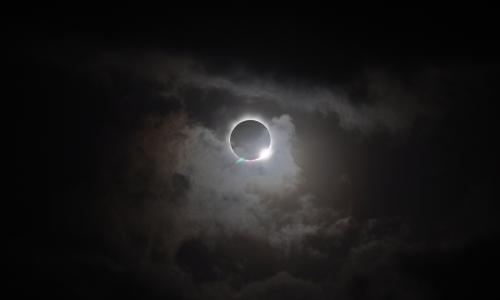
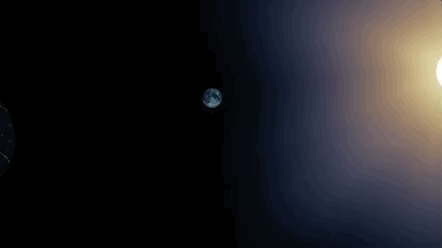
It's not every day that we get to see a total solar eclipse — and it's especially not every day where everyone in North America can see it (especially if you're in Oregon, Idaho, Wyoming, Montana, Nebraska, Iowa, Kansas, Missouri, Illinois, Kentucky, Tennessee, Georgia, and North and South Carolina), along with chunks of South America, Africa, and Europe being able to see it as well.
It's one thing to see an eclipse with your own eyes — JUST KIDDING! It's actually never safe to look directly at the sun, except when it's 100% blocked during the period of the eclipse known as totality. NASA does a really good job telling you about the different tools you can use to watch the eclipse on your own… but what if you want to shoot it?
Here's how to take photos of the upcoming solar eclipse on August 21, 2017!
Your most difficult challenge will be in managing your expectations! Smartphones were never designed to do sun and moon photography. The standard lenses are very small, and provide hardly any resolution at all for even the largest objects in the sky like the sun and moon. These objects are only ½ degree in diameter, and for a typical megapixel smartphone, their disks will only cover a few dozen pixels in your final image. (NASA)
Keep your solar eclipse glasses on while shooting
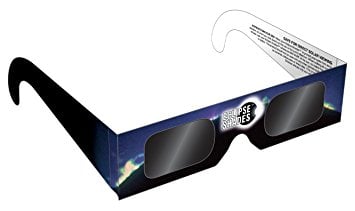
Above all else, safety is the most important thing to remember when shooting the solar eclipse, so keep your glasses on, even when you're trying to snap those killer shots. Keep in mind, we're not talking about sunglasses: NASA specifically mentions over and over again not to use sunglasses, but rather ISO-certified eclipse viewing glasses.
Some people also believe that shooting a solar eclipse might actually damage your phone:
There is quite a lot of discussion online about whether you can damage your smartphone camera by pointing it directly at the sun. The basic argument in favor of it being safe for the camera is that the lenses are generally very small (2 millimeters or so) and do not admit enough light. Also, cameras come equipped with UV filters that cut down on some of the visible light landing on the sensor chip. Finally, they automatically set their exposures for very short times. (NASA)
When the eclipse reaches totality, you can take your glasses off and see the eclipse with your bare eyes as the sun will be completely obstructed; NASA says that this shouldn't be a safety issue. Although it is worth mentioning that it includes this paragraph in its Photographing the Eclipse with your Smartphone piece:
NASA makes no recommendations about how to safely photograph the partial eclipse phases because of the huge number of optical filter and camera models that may potentially be used and often with unsafe outcomes. (NASA)
Filter your lens
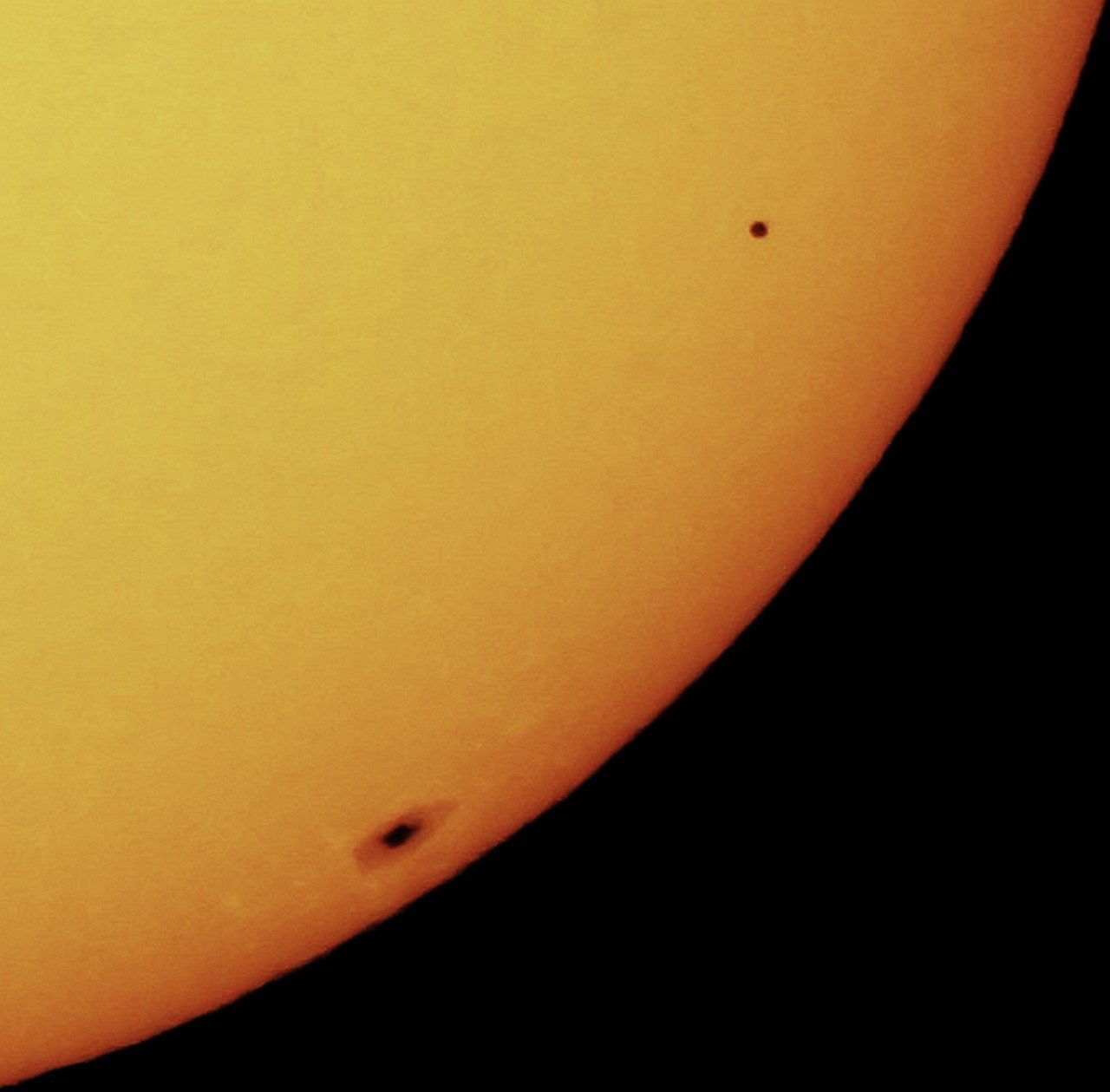
The best thing to do is to cover the camera lens with a solar filter during the moments before (and after) totality when the sunlight is still blinding. This will eliminate sun blooming and give you a clear image of the solar disk. (NASA)
One way to try and snap some professional-looking eclipse photos with your smartphone is to use a solar filter or lens, but those can get pretty pricey, especially if you're only using it for this.
Master your iPhone in minutes
iMore offers spot-on advice and guidance from our team of experts, with decades of Apple device experience to lean on. Learn more with iMore!
Some mobile photographers have suggested shooting the solar eclipse with a polarizer lens, but the quality of those online can vary depending on where you're shooting, if you're in a place that experiences totality, etc.
NASA suggests merely using your ISO-certified glasses overtop of your phone's lens to make things a bit easier to see as the eclipse happens, although mobile photographers who have tried this say the effect looks more sloppy and amateur rather than clean and professional. That and it may not prove effective, still causing irreversible damage to your eyes.
PRO TIP: Pick up a $20-$40 zoom lens from Amazon that will give you a total digital zoom x optical zoom of 12x to 18x. This won't ensure that there is no graininess or grit in your image, but it will still help you get a bit closer to that bright white dot in the sky.
Tripods + Airplane mode = Little to no movement
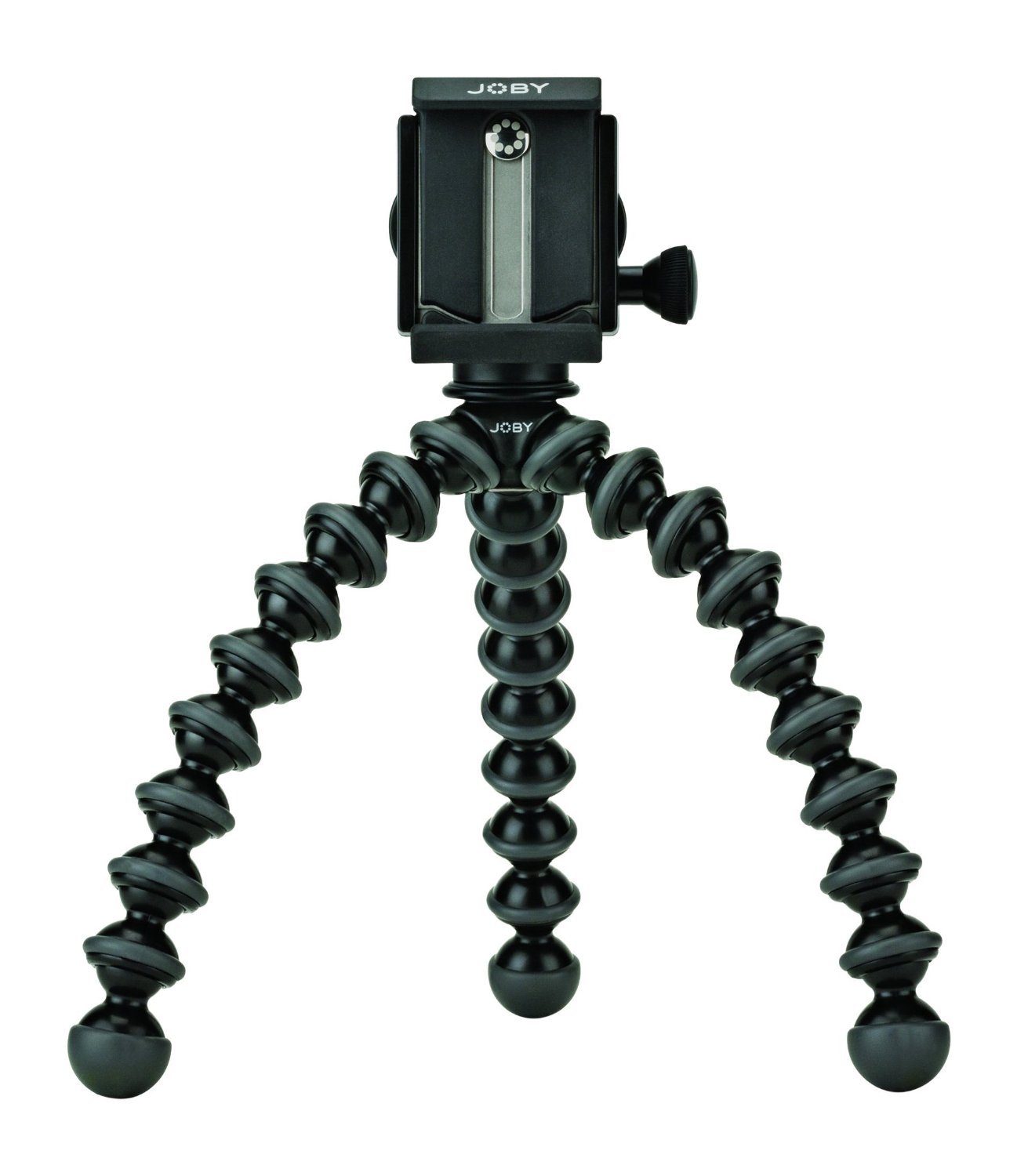
When you're shooting the solar eclipse, you're going to want to shoot a time lapse video rather than individual images (and we'll get to why that'll be your best option in a second), but first you need to make sure that you're not shaking all over the place to inevitably ruin the shot!
The sun disk will be small enough that you will want to avoid the inevitable shaking that occurs when holding the camera. (NASA)
Using a tripod is a great option because you won't have to worry about your less-than-steady hands shaking about and destroying what might be half-decent eclipse footage that you actually successfully shot on your phone! The GripTight GorillaPod is a great option because you can secure it and fasten it to a variety of surfaces and angle your phone effortlessly for that perfect shot.
Another thing to do is put your iPhone into Airplane mode after you know how you'll be shooting — if someone calls in the middle of your time lapse or texts you and your phone buzzes and moves, then yall of your smooth and seamless footage will have been for nothing.
PRO TIP: Try practicing a bit beforehand and set up your tripod with all of your intended settings for a photoshoot of the moon! This'll help you flesh out what might look good, what'll look fantastic, and what'll look meh so you won't have to second-guess yourself and get mediocre footage on the day of the eclipse!
Manual camera apps are your BFFs
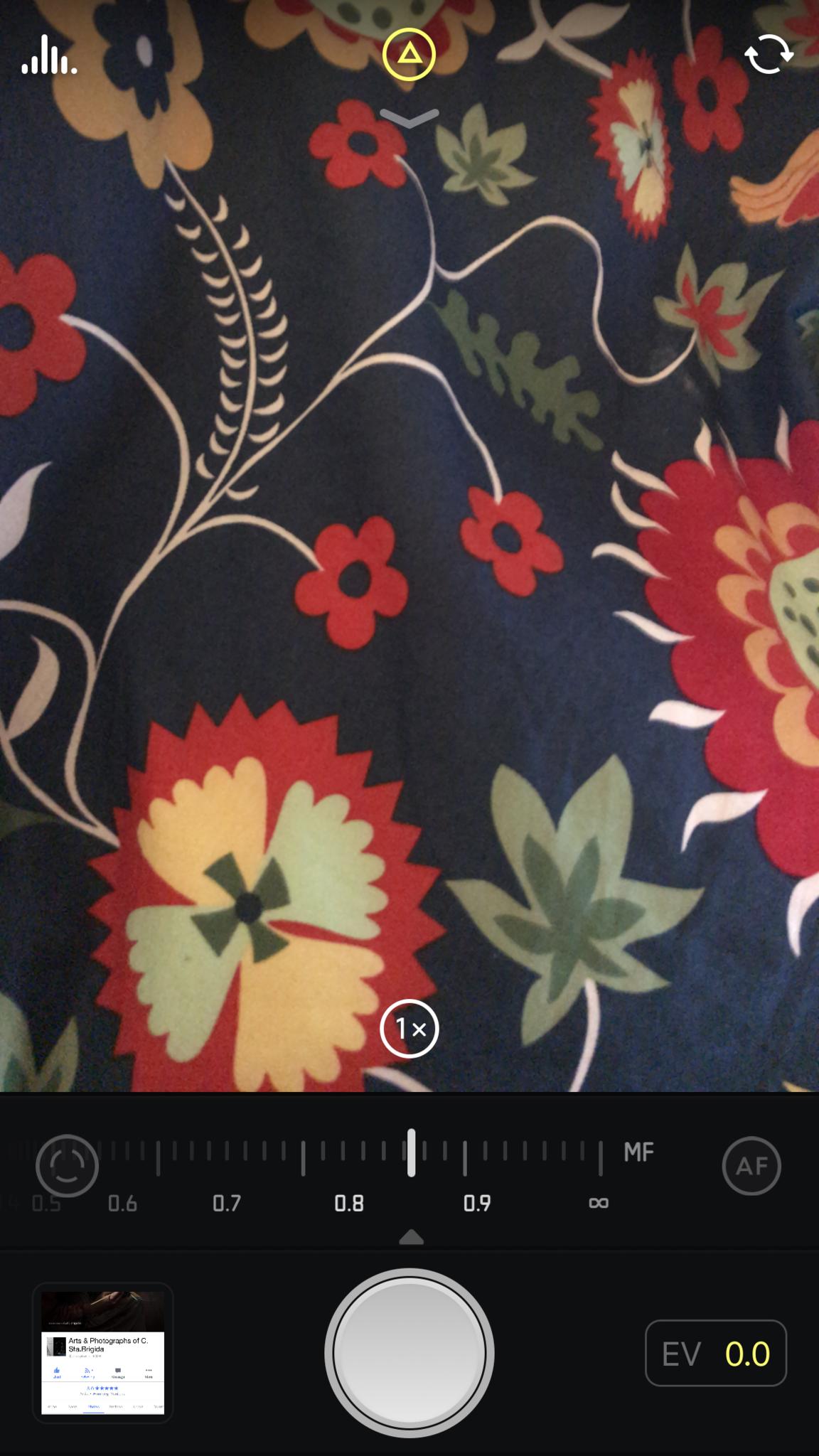
If you are using a smartphone, you need to make sure the image is properly focused. Don't count on your auto-focus to do this. You have to do it manually. (NASA)
Using an app like Halide (or any sort of manual camera app, really) will get you the best solar eclipse results hands-down.
Why? Because when you're able to have full control of things like exposure, specific focus, contrast, and so, so much more, you'll be able to get specific and bring out the detail that a solar eclipse image actually needs.
While it's super easy to open the Camera app, tap on time lapse, attach it to a GorillaPod, and get your footage, downloading and playing around with a manual camera app and all of its specifics will guarantee you have more professional, crisp looking footage of the eclipse as it happens overhead.
Time lapse your life
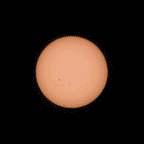
Even though you think snapping a picture or two of the solar eclipse might be simple, it's actually a hell of a lot easier (and a lot more fun to watch!) to shoot a time lapse video of the entire event taking place in one go.
As the eclipse is reaching totality, and if you're recording time lapse with a manual camera app and following the rest of the instructions on this list, your phone will effortlessly record the moment the sun vanishes. If you're shooting individual pictures as this is happening, you…
A) Might be moving around so much that the image just looks like a smudge in the sky
B) Might miss the moment of totality because you were messing with settings in between each image
C) Might not actually have any useable footage whatsoever
PRO TIP: If you do want to take pictures, why not try snapping images of all the people around you who are also there to see the eclipse? While everyone is looking up, why don't you try capturing some potentially compelling moments down here on Earth?
How will you be viewing the solar eclipse?
Are you going to try to shoot the eclipse with your smartphone, do you use a DSLR, or will you just be lying back and enjoying it with your own two eyeballs (covered by ISO-certified glasses and not sunglasses, of course!)?
Let us know how you'll be enjoying the solar eclipse in the comments below!
Cella writes for iMore on social and photography. She's a true crime enthusiast, bestselling horror author, lipstick collector, buzzkill, and Sicilian. Follow her on Twitter and Instagram: @hellorousseau

